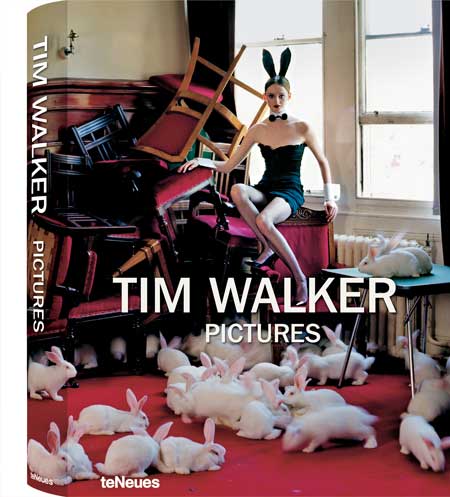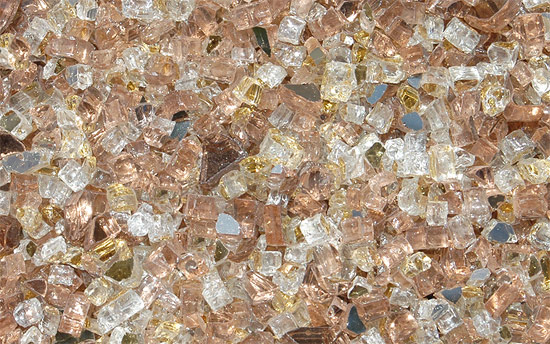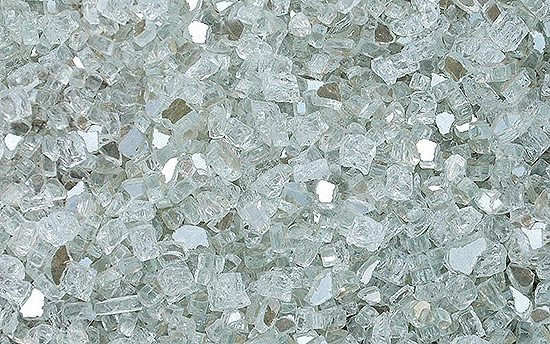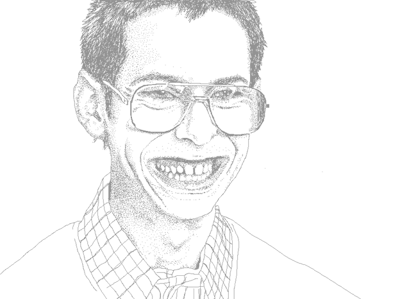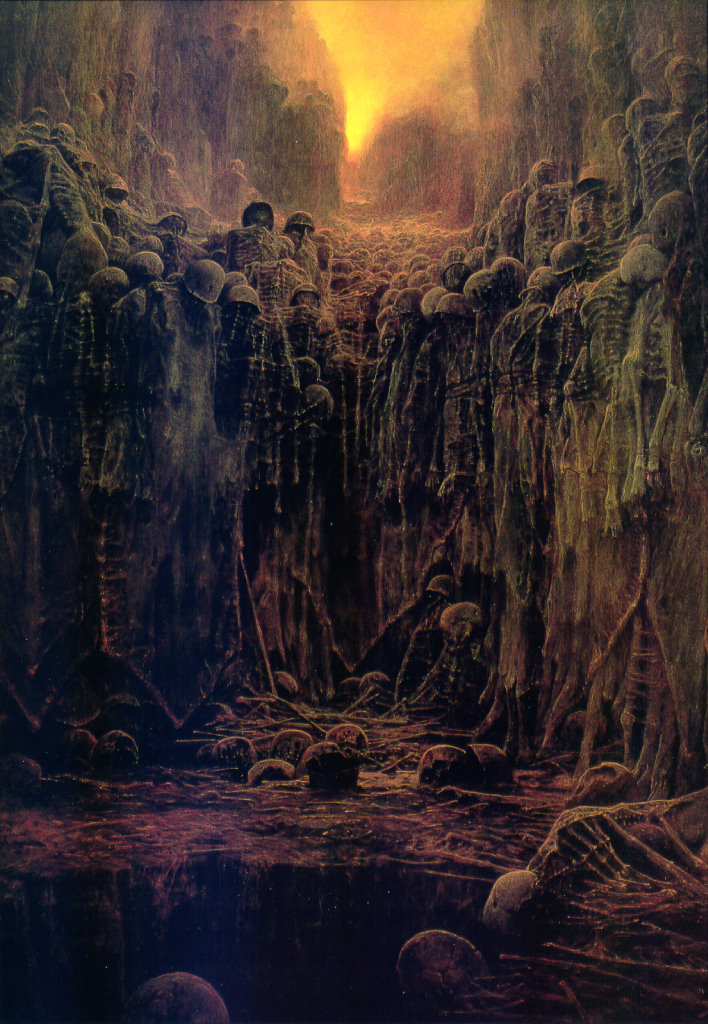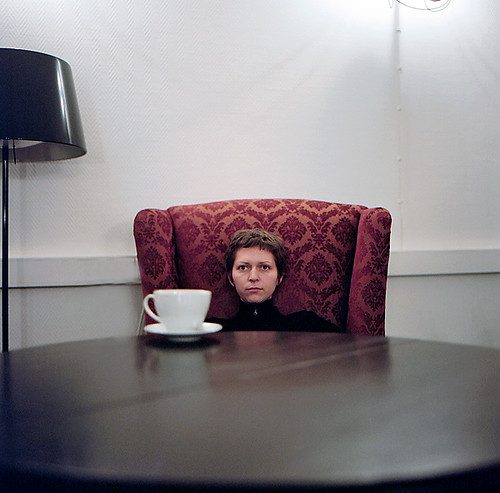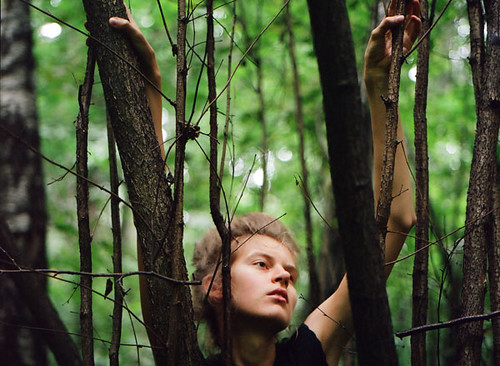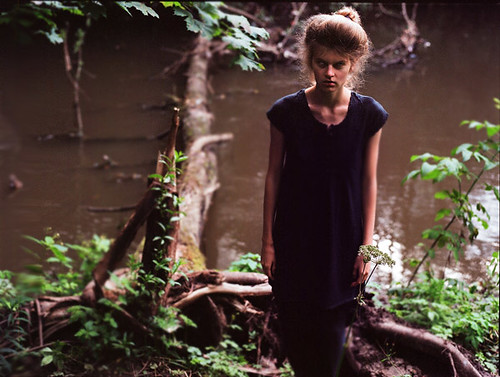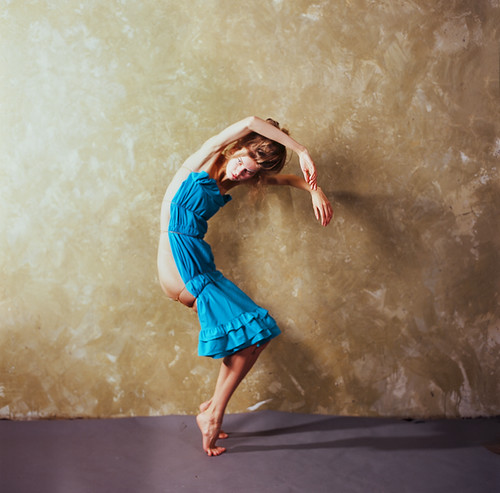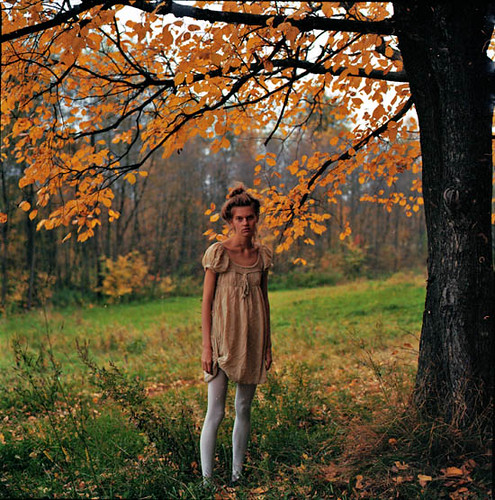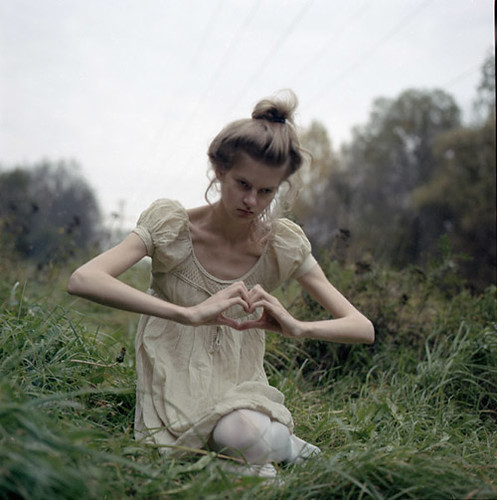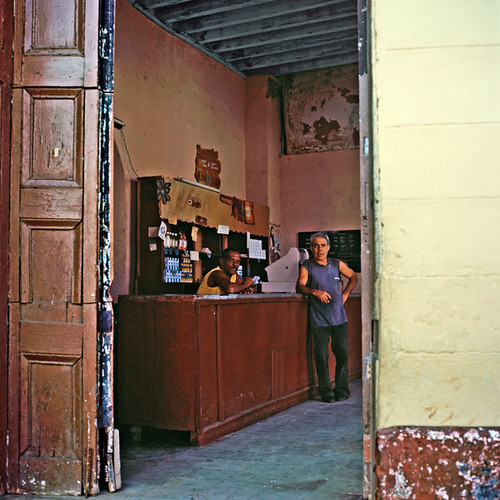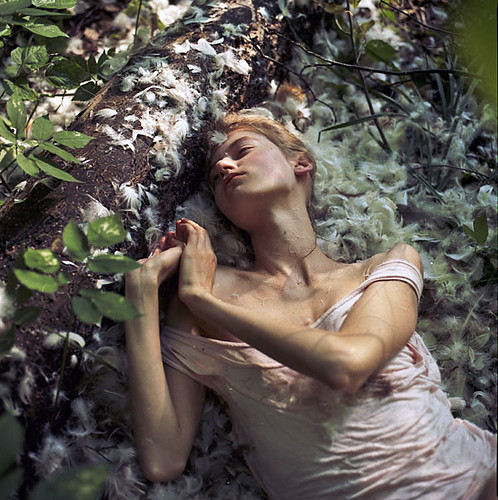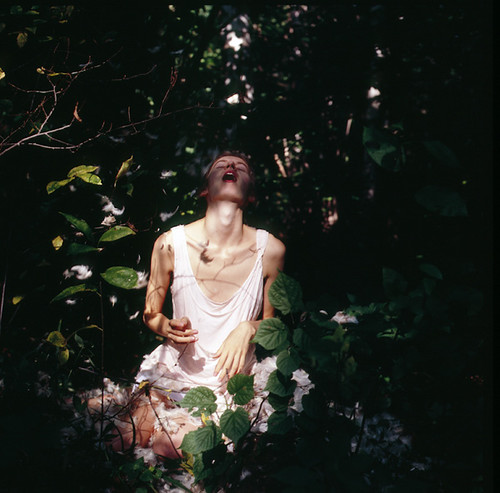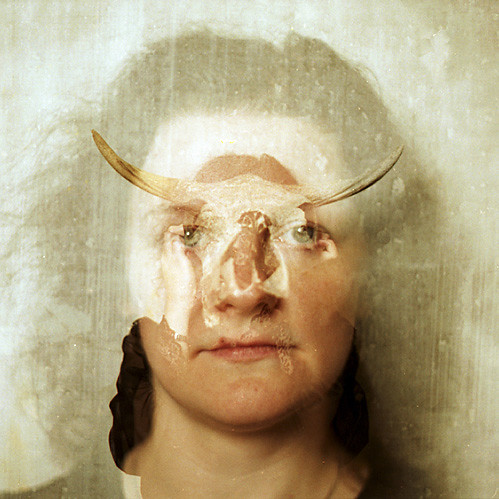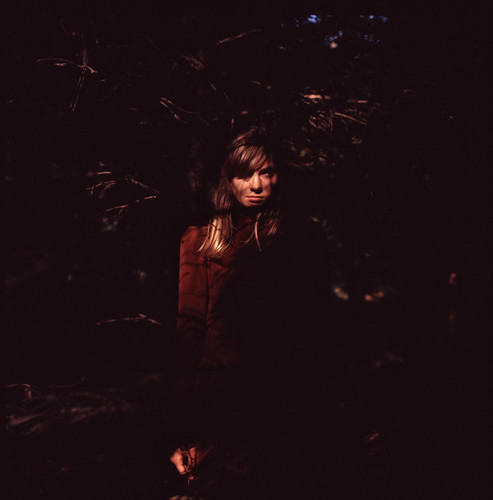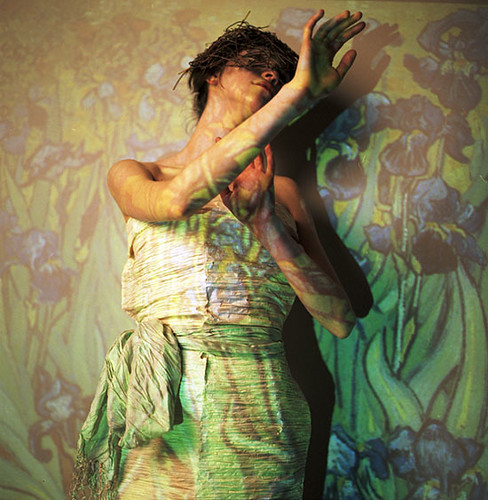Artist, Architect, and Designer Tokujin Yoshioka creates fascinating designs from crystals, and unconventional materials.

Beautiful works such as the Venus Chair are created with fibers suspended in tanks, slowly allowing the crystals to grow and form the object. Tokujin states that the forms emerge gradually overtime such as the goddess Venus herself gradually emerges from water.


By allowing the structure to evolve naturally, he creates what he calls "beauty born of coincidence."
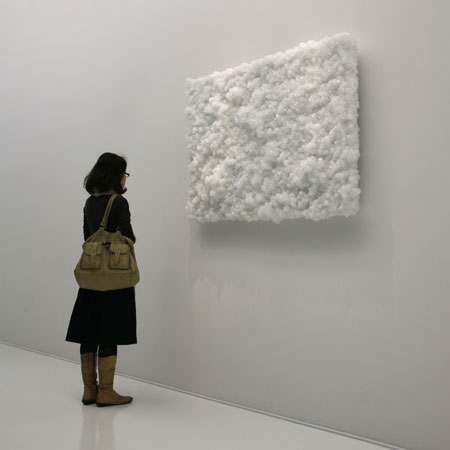
Destiny, Moonlight, Unfinished are 2-dimensional works employing the growth of crystals, and how that growth is effected by the different music played during the growing process.
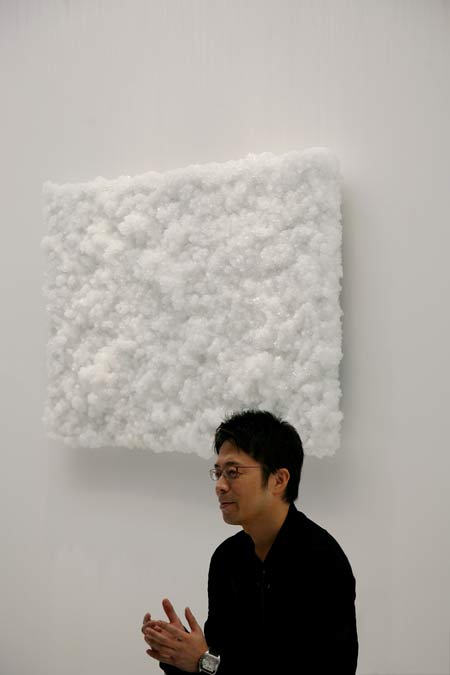
"Completed by the laws of nature and embodying a beauty born of coincidence, the crystals in “Destiny”, “Moonlight”, and “Unfinished” form in different ways, “responding” to the sound in the aquarium, where Beethoven’s Symphony No. 5 (the “Symphony of Destiny”) and Piano Sonata No. 14 (the “Moonlight Sonata”) is played." -
(Dezeen)
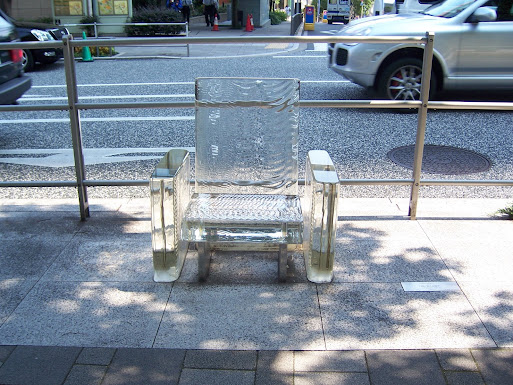
 Chair that disappears in the Rain, was a concept created with a similar idea to that of crystal or glass dropped into water; the outlines of these objects gradually disappear, the chair has a similar effect. And thus the idea for "Chair that disappears in the Rain" was born. Installed as a streetscape project, individuals are allowed to interact with the piece.
Chair that disappears in the Rain, was a concept created with a similar idea to that of crystal or glass dropped into water; the outlines of these objects gradually disappear, the chair has a similar effect. And thus the idea for "Chair that disappears in the Rain" was born. Installed as a streetscape project, individuals are allowed to interact with the piece.
˚˚˚˚˚˚˚˚˚˚˚˚˚˚˚˚˚˚˚˚˚˚˚˚˚˚˚˚˚˚˚˚˚˚˚˚˚˚˚˚˚˚˚˚˚˚˚˚˚˚˚
for more information please check out the following:
Tokujin Yoshioka-Tokujin Yoshioka's Website featuring all his work, make sure you take a visit, it features many more equistie works not featured above.
October 30th, 2008-A great writeup and insight into many of the works included in Tokujin's show 'Second Nature'.
 some type of crystal cluster.
some type of crystal cluster. A Diana Mini Camera.
A Diana Mini Camera. Daniel Higgs- Magic Alphabet CD (not mp3)
Daniel Higgs- Magic Alphabet CD (not mp3) Dan Deacon BROMST, on VINYL
Dan Deacon BROMST, on VINYL